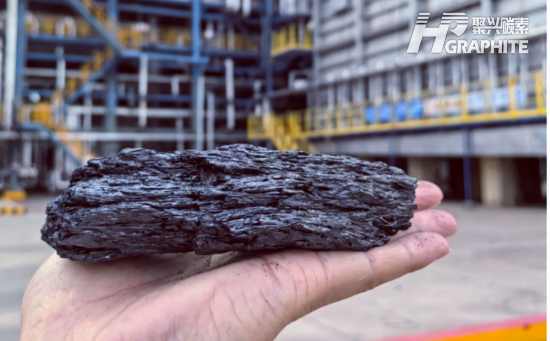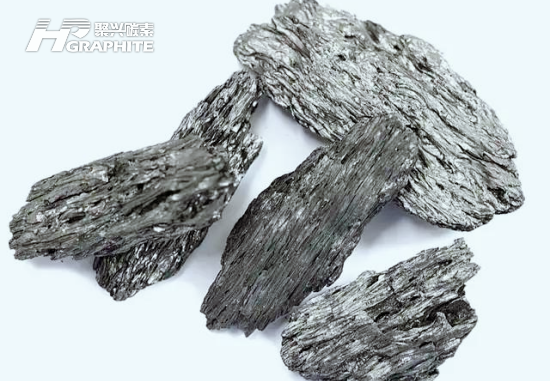【Needle Coke】From Refinery "Scraps" to New Energy "Elite"

【Needle Coke】From Refinery "Scraps" to New Energy "Elite"
As a high-end type of petroleum coke, needle coke is deeply processed from slurry oil—a by-product of oil refining.It plays a key role in the efficient utilization of limited petroleum resources and the enhancement of product quality and value.
As a strategic emerging material, needle coke is a primary raw material for both lithium-ion battery anode materials and graphite electrodes. It finds broad applications in national defense, metallurgy, and new energy vehicles. In recent years, with the rapid growth of the new energy industry—especially lithium battery development—needle coke has expanded beyond its traditional use in metal smelting. It is now widely employed as a precursor for anode materials in power batteries and energy storage batteries.

Given the booming new energy sector, demand for graphite anode materials derived from needle coke is increasing. The market for needle coke is projected to grow by more than 36% by 2030. However, the industry also faces various potential risks. Needle coke producers must stay attuned to market trends and focus on customer-oriented production. They should assess the distribution of downstream anode manufacturers, and plan material sourcing, production, and logistics layout in advance to reduce costs. It's also essential to monitor competing materials and disruptive technologies, and to adapt strategies accordingly.
What is Needle Coke?
Needle coke is a synthetic graphite material with a silver-gray appearance and porous structure. It exhibits distinct fibrous or needle-like textures. Its characteristics include low thermal expansion coefficient, low sulfur, low ash, low metal content, and high graphitization potential.
Based on feedstock differences, needle coke is classified into oil-based and coal-based types. Oil-based needle coke is dominant due to its environmental benefits, lower production cost, and easier technological implementation. Currently, domestic production of oil-based needle coke primarily relies on the delayed coking process.

Performance and Applications of Needle Coke
Needle coke's properties—low thermal expansion, low sulfur and ash, low metal impurities, and high graphitizability—make it a national strategic material. As a premium precursor for synthetic graphite anodes in lithium-ion batteries, it enables high specific capacity, long cycle life, and superior safety. In high-power and ultra-high-power electrodes, it offers excellent thermal shock resistance, mechanical strength, oxidation resistance, low consumption, and high current density. Additionally, it is used in nuclear-grade graphite, with wide applications in defense and metallurgy industries.
How is Needle Coke Graded?
Needle coke for graphite anode materials is graded into Category I, II, and III, based on quality metrics—Category I being the highest.
Sinopec's independently developed needle coke features a reversible capacity of ≥355 mAh/g and graphitization degree ≥94.97%, with peak values reaching 360 mAh/g and 96.42%, respectively. These parameters fully meet the requirements for Category I needle coke, ranking among the top domestically. Compared with similar products, Sinopec's needle coke offers high energy density, low impurity levels, and stable quality.
Feel free to contact us anytime for more information about the needle coke market. Our team is dedicated to providing you with in-depth insights and customized assistance based on your needs. Whether you have questions about product specifications, market trends, or pricing, we are here to help.
No related results found








0 Replies